On the water with one of Lake Superior’s last commercial fishermen
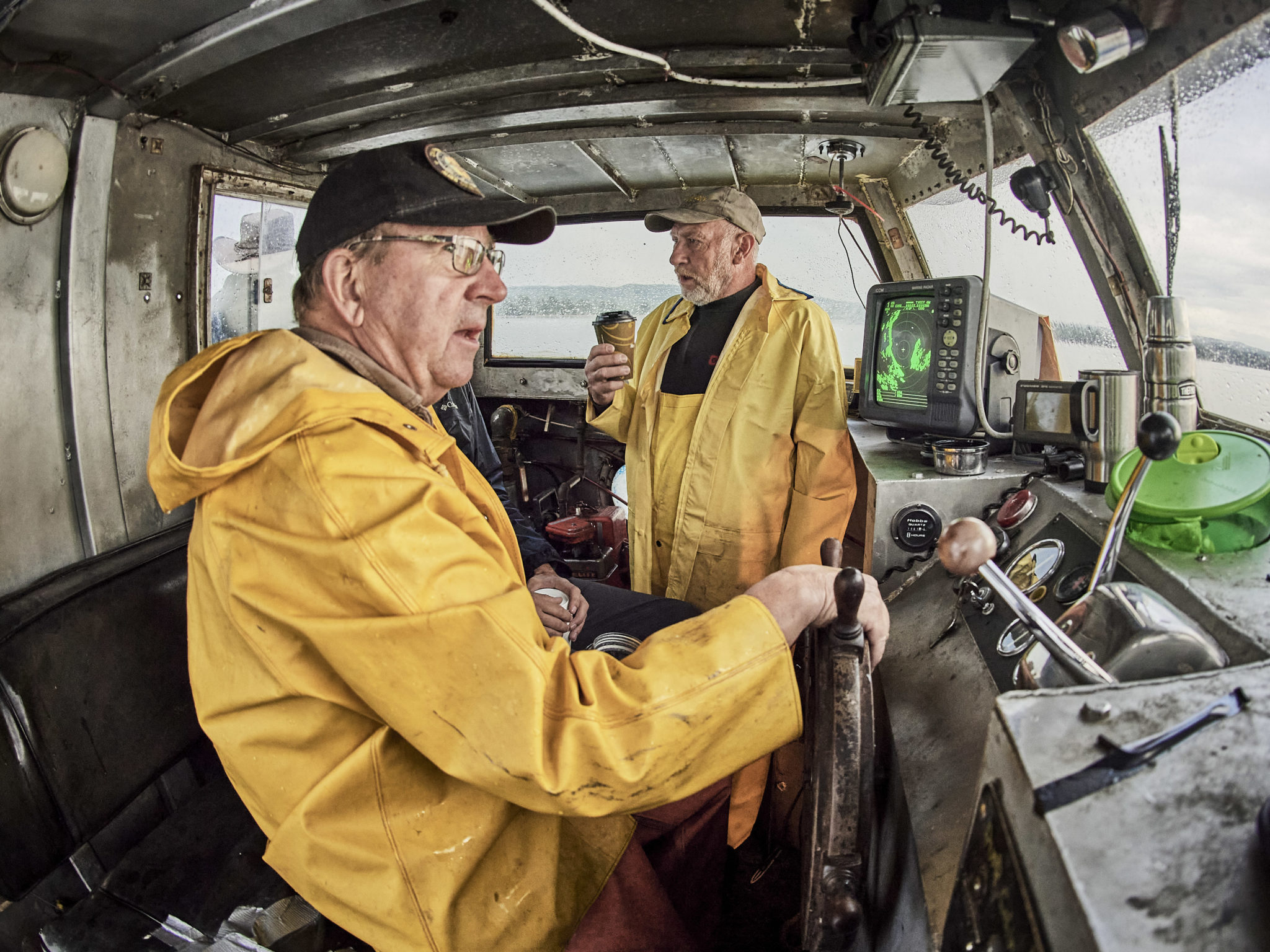
Paul VanLandschoot was just five years old when his grandfather first took him out from Munising Bay to fish the cold, pristine waters of Lake Superior.
It would be another decade before the looming sandstone cliffs flanking the northeastern edge of the bay would become the country’s first designated National Lakeshore, and many decades more before intrepid tourists would turn Pictured Rocks into the Instagram bucket list sensation it is today.
“Things change, ya know?” VanLandschoot, a third-generation fisherman, says in his thick Yooper dialect.
Things change — and then there’s commercial fishing on the Great Lakes, which, as a process, looks a lot like the commercial fishing operations of VanLandschoot’s youth, save for one glaring detail: There’s barely any of them left.
VanLandschoot says there were upwards of 1,600 commercial fishermen on Lake Superior alone when he was a kid. But as of 2019, there were just 13 mostly family-run state-licensed businesses that made their entire living from fishing any of the four Great Lakes that touch Michigan, according to Bridge Michigan.
“There’s nobody left,” the 72-year-old fisherman says.
The reasons are many. Commercial overfishing in the 20th century and invasive species that were carried into the Great Lakes’ fragile ecosystem by seafaring vessels led to across-the-board declines — and in some cases wholesale collapse — of native fish populations.
Meanwhile, state regulators increasingly began favoring sport-fishing and conservation over the livelihoods of commercial fisheries, which brought in a paltry sum in licensing revenues compared to the estimated $2-plus billion that recreational fishing annually brings to Michigan today.
In the late 1960s, the Department of Natural Resources instituted a policy that limited commercial fishing licenses to those that were issued the previous year, forcing any newcomers to purchase an existing license.
In the ‘70s, the Native American fisherfolk that previously operated under the state licensing system broke off to assert their rights granted under an 1836 treaty, newly upheld by the federal courts. The treaty allowed Native fisheries far more latitude in where, what, and how they catch fish. To accommodate, the state bought out numerous commercial licenses.
As the 20th century progressed, increased globalization brought increased competition from the likes of farm-raised tilapia and other low-cost species from Asia and elsewhere.
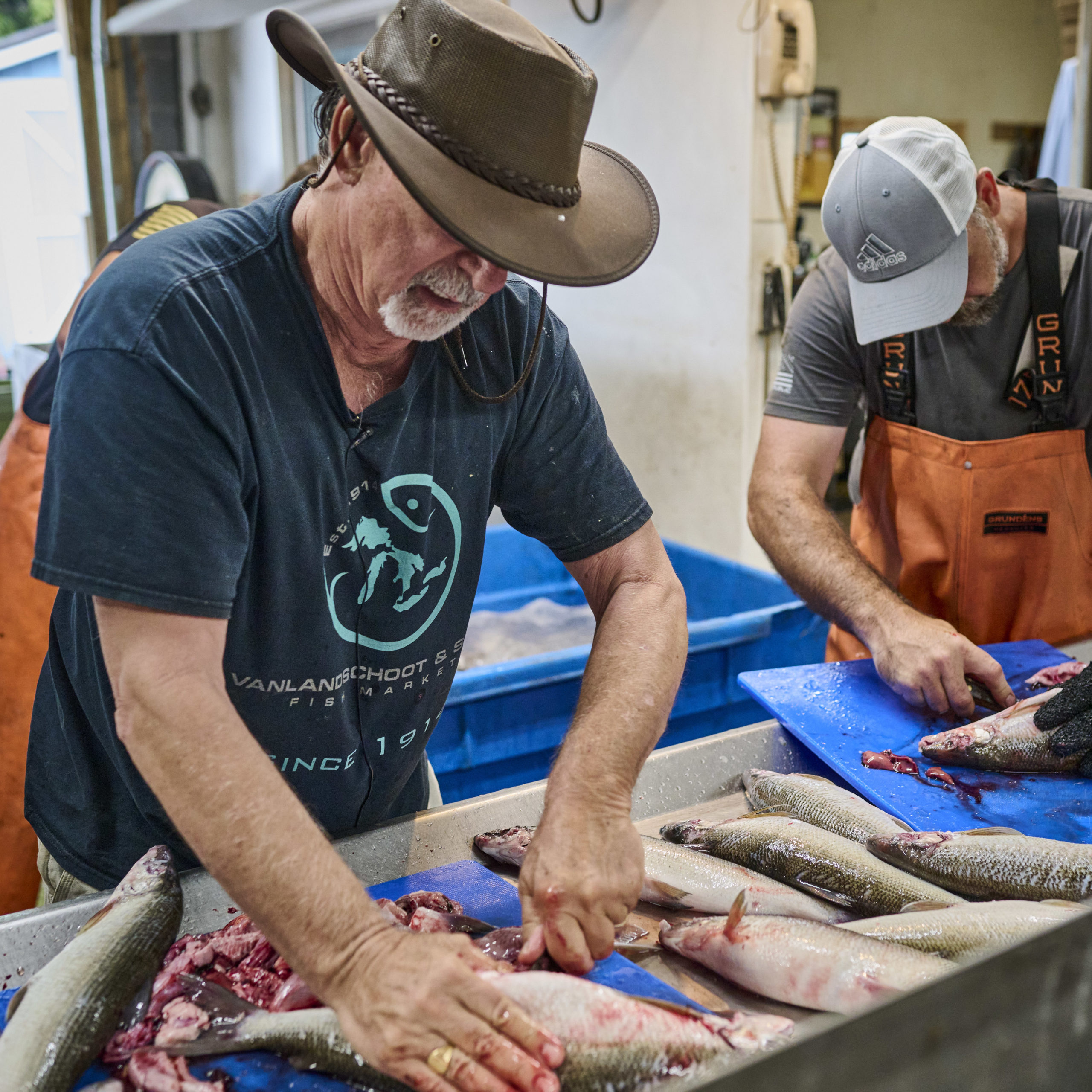
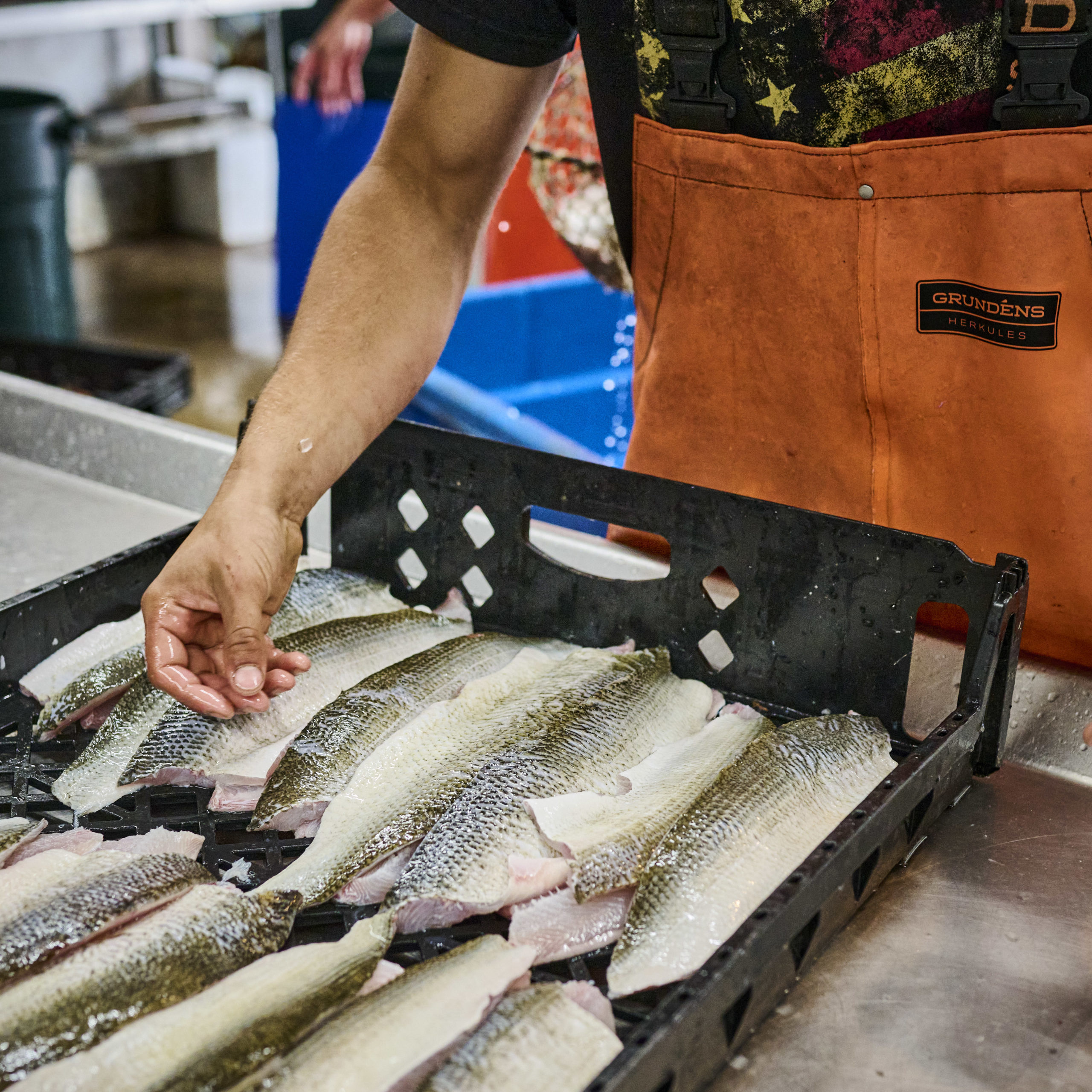
“For the most part, the biggest challenges are political,” VanLandschoot says. “We used to be vilified all the time. I think it’s a common misconception that us fishermen are just out to rape the lake and whatnot. That’s not so. I mean, we make our living out of it. Why would we want to destroy this resource?”
And then there’s the job itself, which requires early mornings, long days, physical wear and tear on the body, and a constant battle against the elements.
VanLandschoot says he’s been lucky. After five decades of fishing, he hasn’t blown his shoulders out or torn a rotator cuff like many of his contemporaries. He remembers one week when the crew was shorthanded and he dipped 16,000 pounds of whitefish all by himself — and that doesn’t include all the trout he had to throw back. (Whitefish is the only species non-Native fisheries are licensed to catch on Lake Superior.)
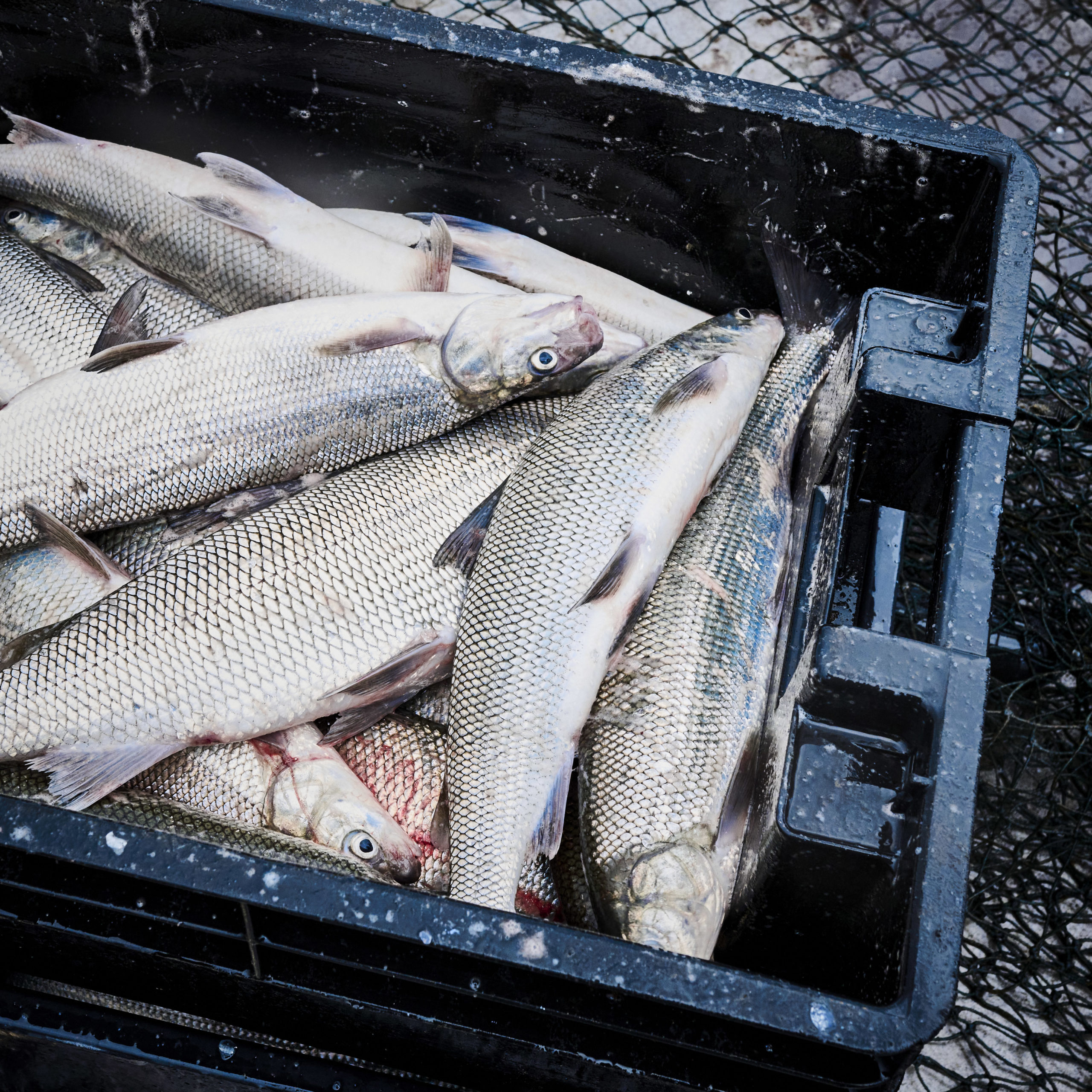
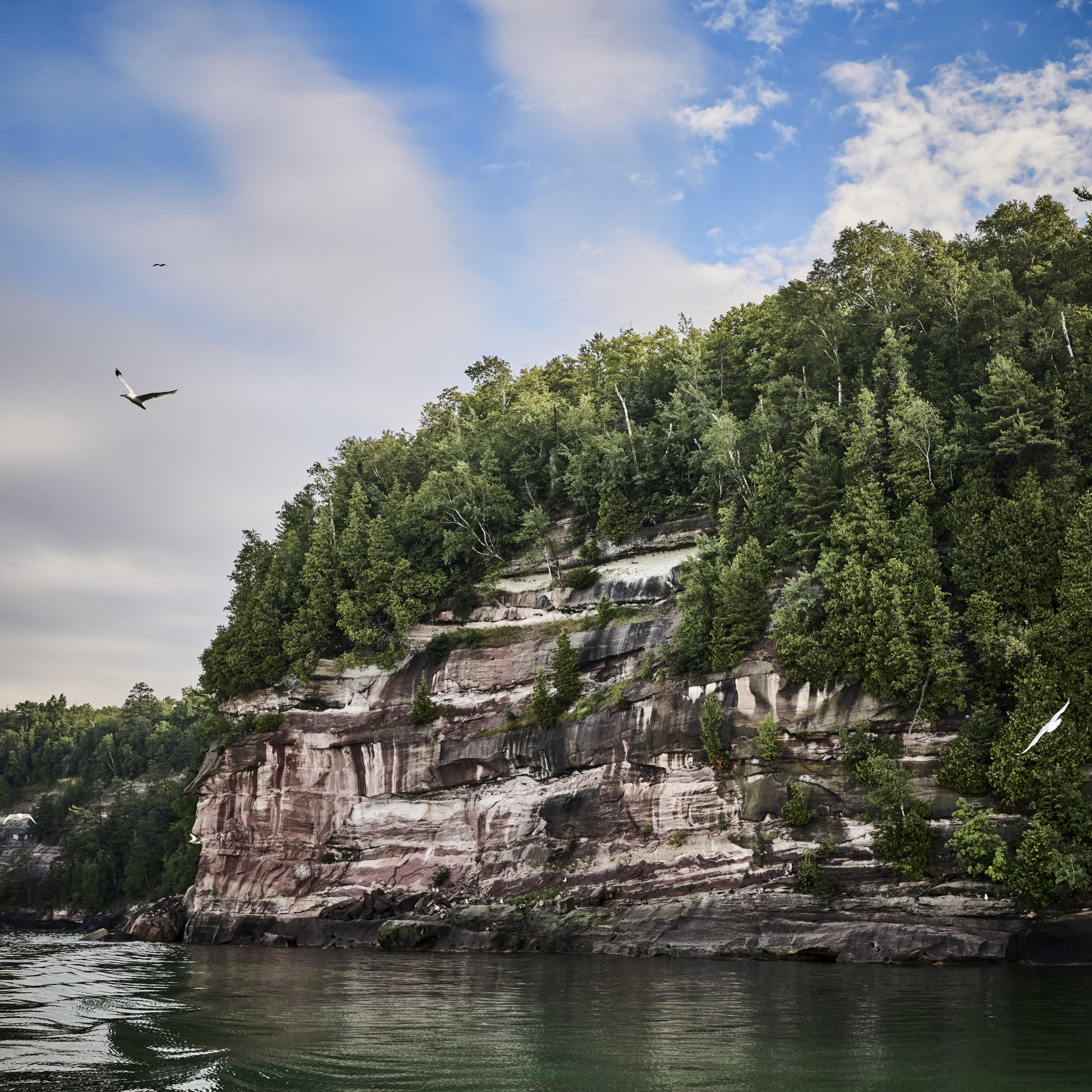
The jovial third-generation fisherman tears up and turns pensive when asked about his grandfather’s legacy. Paul is very likely the last VanLandschoot to actually fish for VanLandschoot & Sons — the last in an unbroken line of VanLanschoots since the company was founded in 1914.
“Some of our kids did try it,” he says of the fishing trade, his voice growing low and gravelly. “Hell, you can go make a lot more money elsewhere. It’s hard. It takes so many years to teach somebody, ya know? It’s one of those things you just can’t learn out of a book.”
Still, the VanLandschoot name and legacy appear poised to live on beyond Paul’s fishing days.
Paul’s cousin Dennis VanLandschoot recently purchased the company from his brothers and has installed new machines that help process the fish for distribution in far less time. Using his background in the tech industry, Dennis is implementing efficiencies to help the business’ bottom line.
Dennis also recently partnered with Motor City Seafood Co. to distribute VanLandschoot’s Lake Superior whitefish to accounts around Metro Detroit, offering a prized Michigan food product to the state’s largest market.
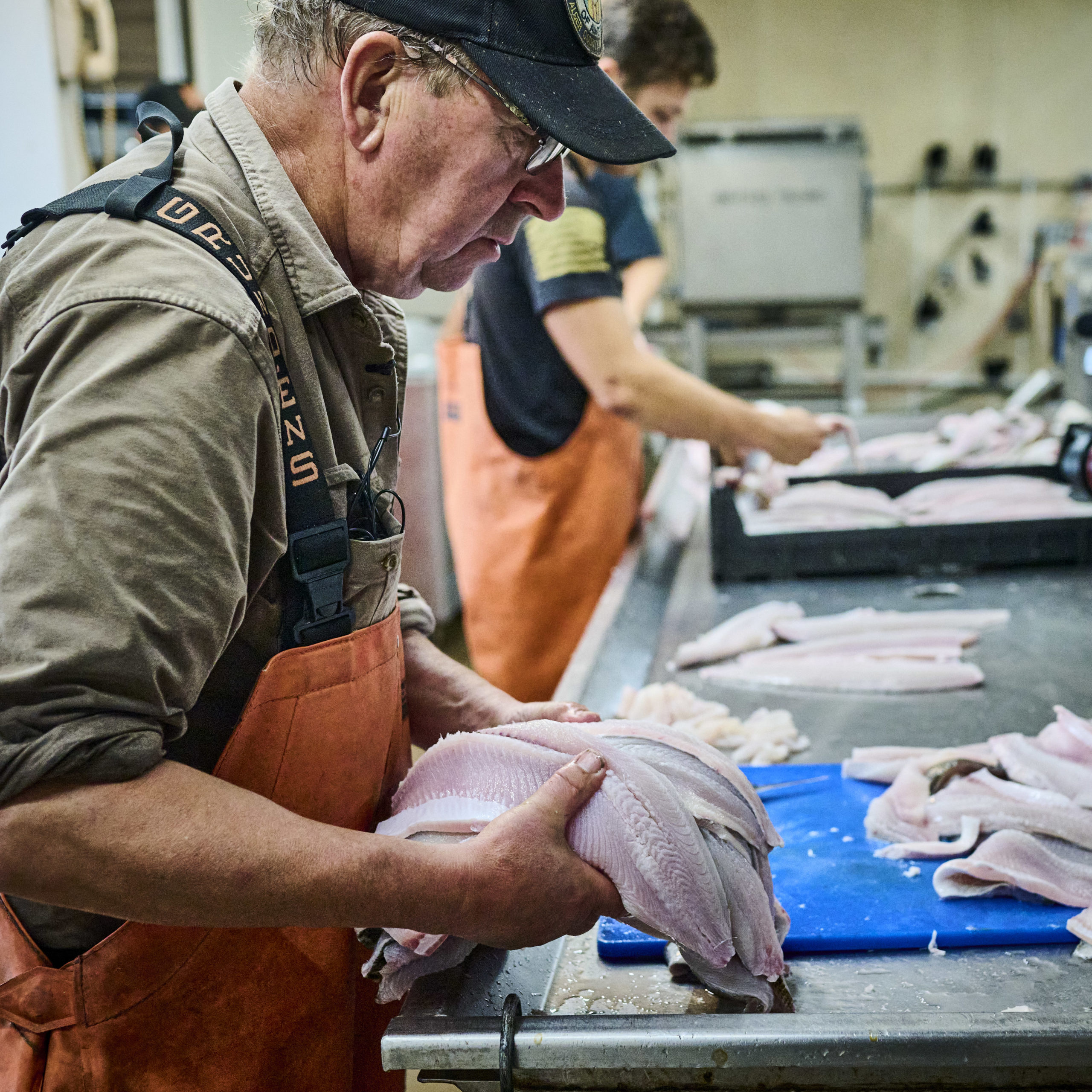
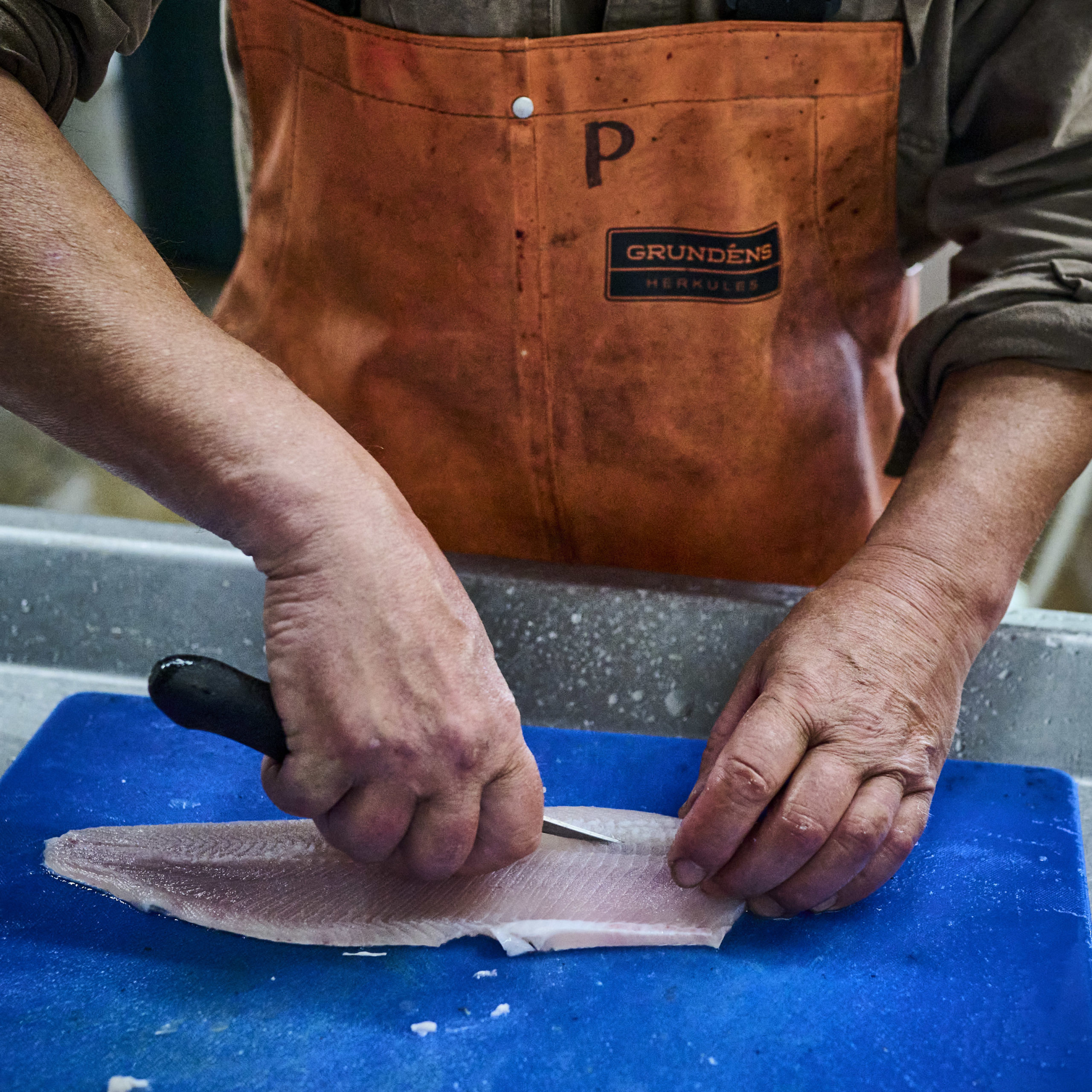
There’s now also a solid crew of young, able-bodied guys who have come up under Paul’s watch, ready to take the reins — or the nets, so to speak.
And Paul’s own granddaughter works in the family fish market near their dock in Munising, representing the fifth generation of VanLandschoots in the business.
“But she’s going to college, so…” VanLandschoot says, trailing off wistfully.
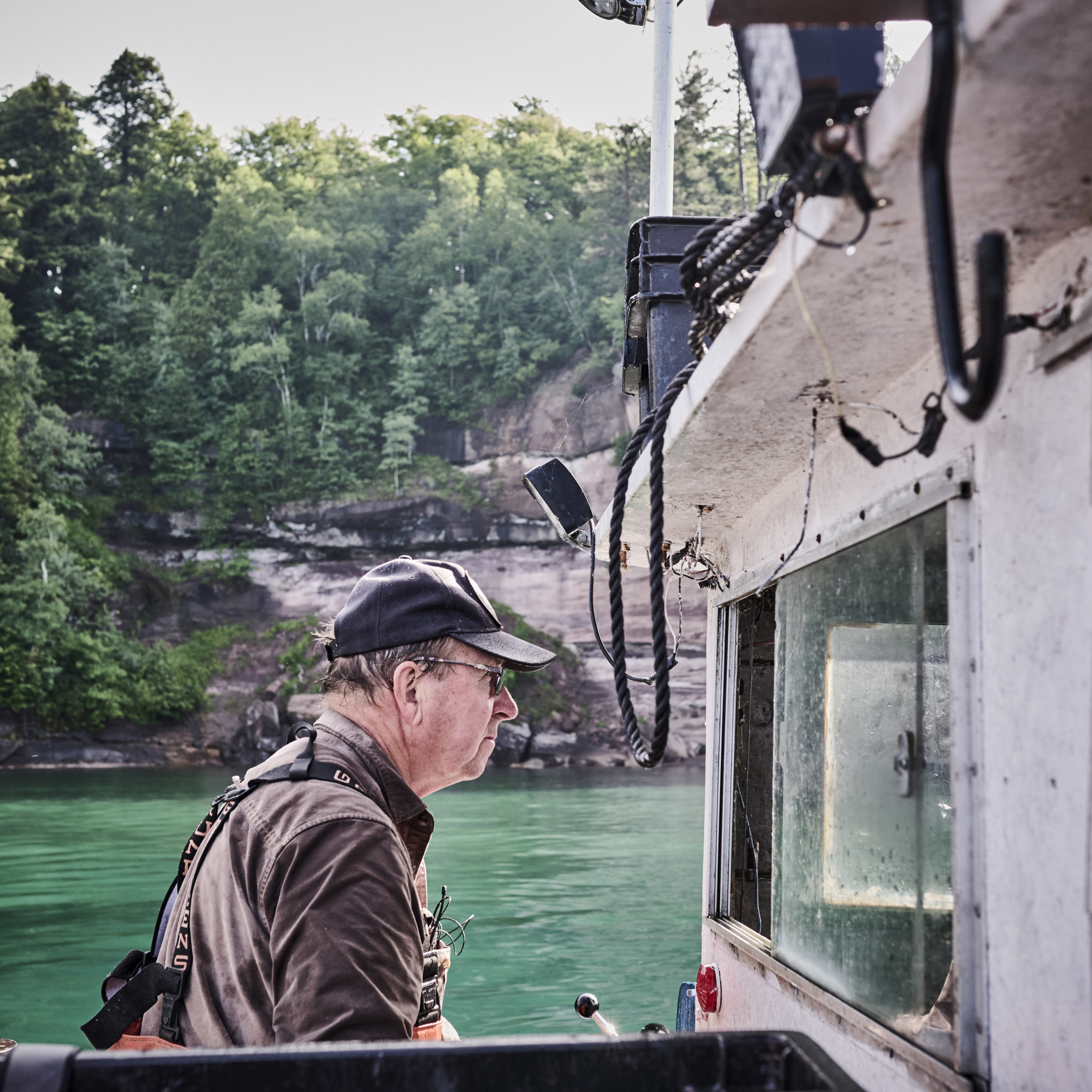
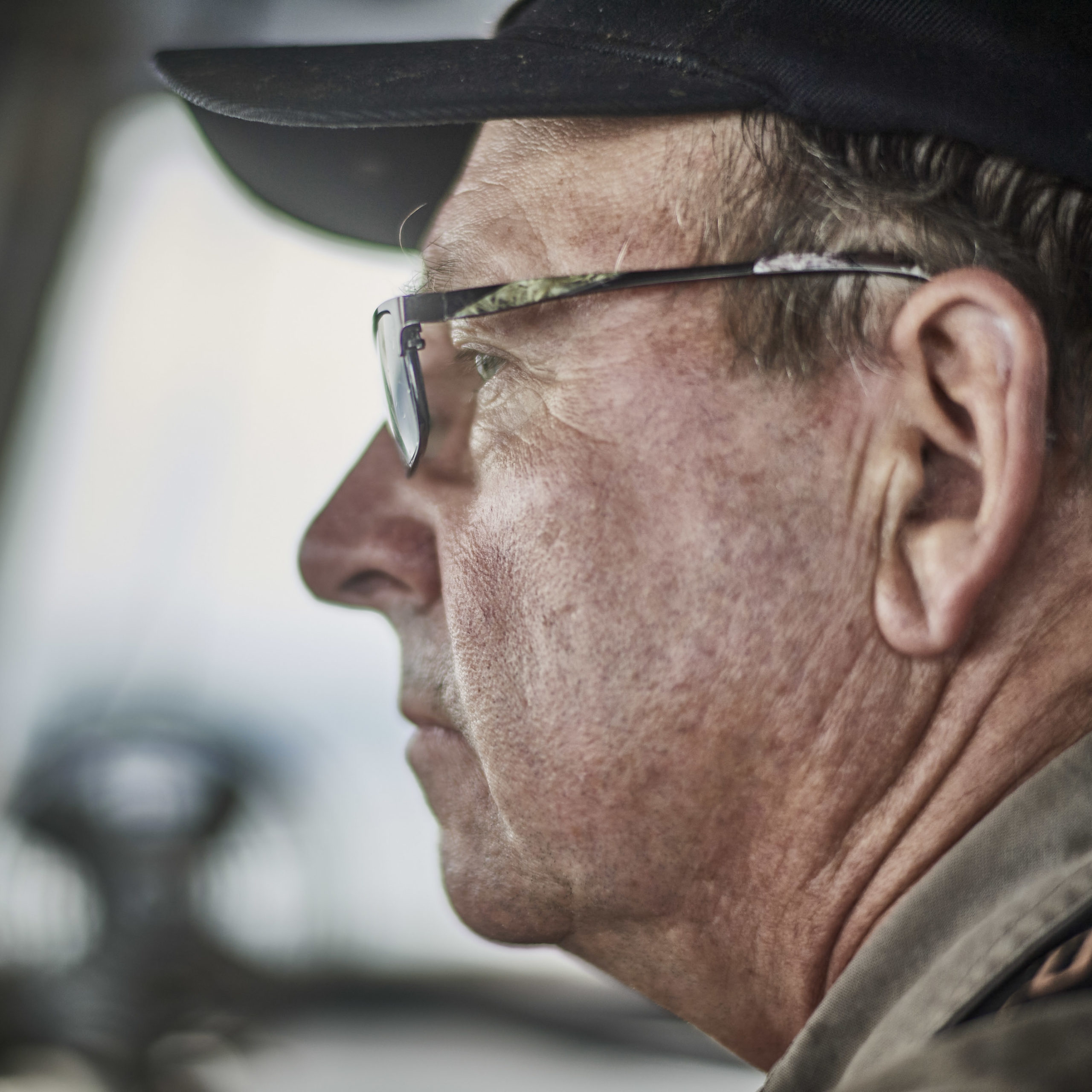
Things change, to be sure. And in his five decades on the water, VanLandschoot has seen both good years and bad.
“Fish are cyclic, like everything else,” he says.
But at the end of another hard, wet day fishing the unsalted inland sea that is Lake Superior, he wouldn’t trade his job for anything.
“I don’t regret it,” he says with a smile. “It’s been a good life.”
— By Mark Kurlyandchik




